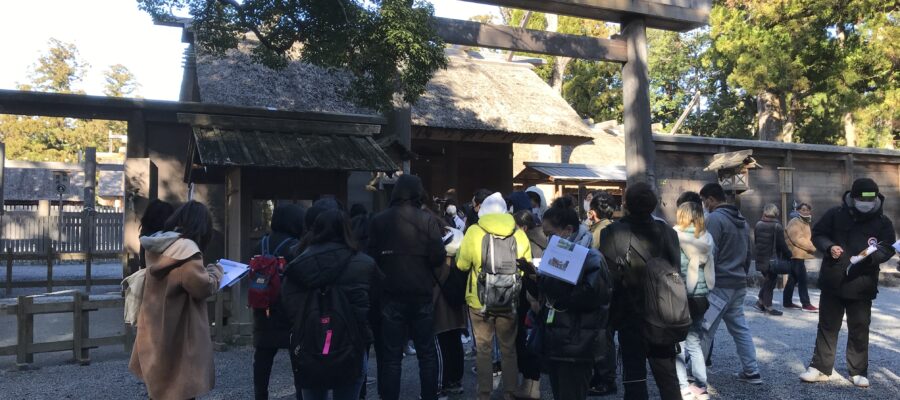外宮の豊受大御神をお参りに行く
天照大御神のお食事を司る神「豊受大御神」をお祀りする正宮 豊受大神宮がある外宮にくるのは久々です。前回は、妻と賢島へ旅行した帰りにお参りにきました。今回は、大阪のある大学の留学生をお連れしています。外宮の表参道から境内に向かうと、内宮と同じく、神明鳥居が出迎えてくれます。
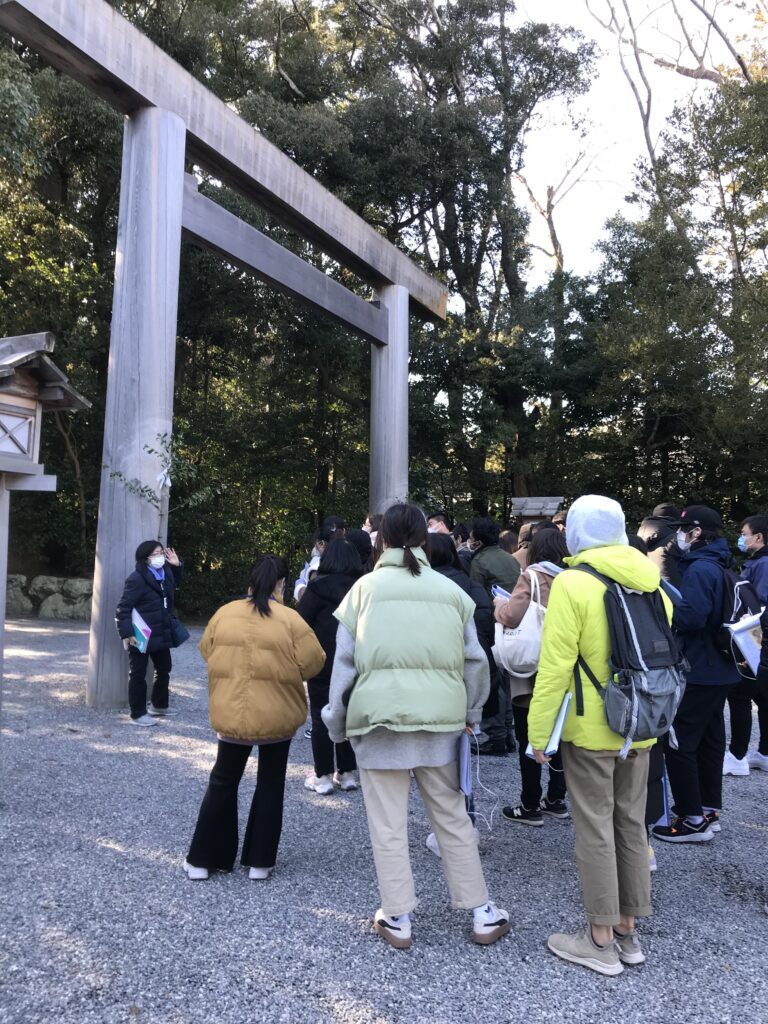
せんぐう館で式年遷宮を学ぶ
鳥居をくぐって中に入る前に、式年遷宮を記念してつくられた「せんぐう館」を見学し、20年に一度行われる式年遷宮について、留学生の方々に学んでいただきます。留学生だけでなく、私自身の勉強にもなりました。ここには外宮正殿の原寸大模型があります。実物は何重にも垣がめぐらされて遠いため、詳細を見ることができませんが、ここの模型は細かところも近くから見ることができますので、通訳ガイドの方は、是非一度見学されることをお勧めします。
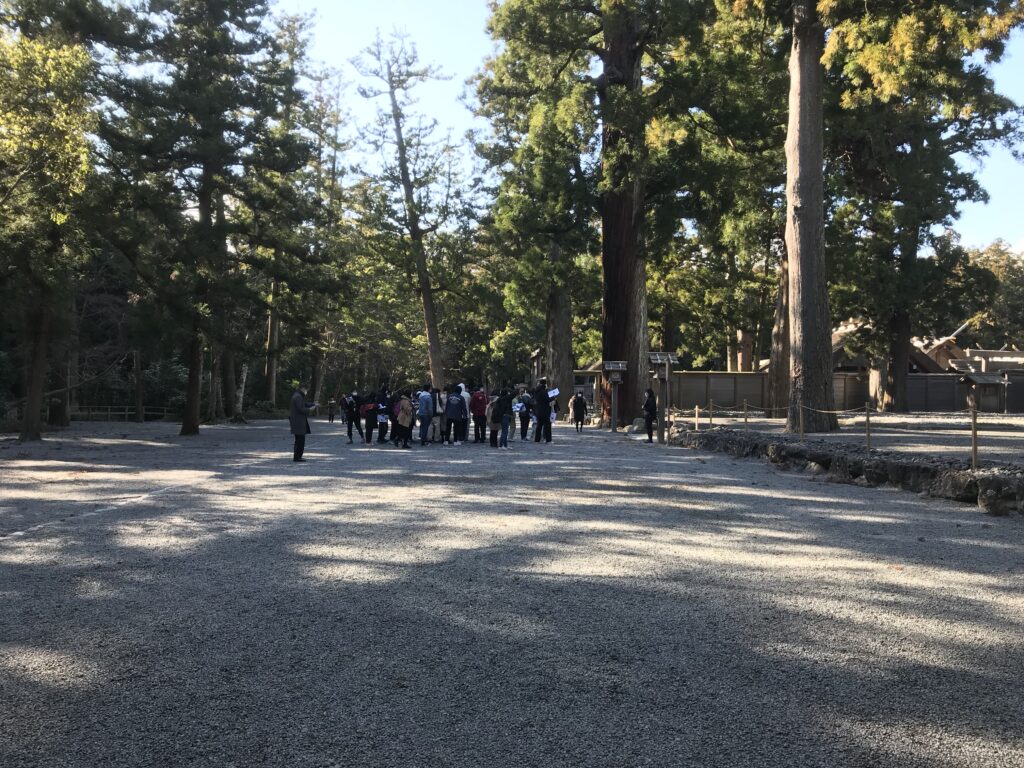
せんぐう館の見学を終えて、参道を真っすぐ歩いて正宮へ向かいます。参道から見ておく側に現在の正宮は建っているため、手前側に古殿地(前の正宮が建っていた場所)があります。今は、更地になっています。
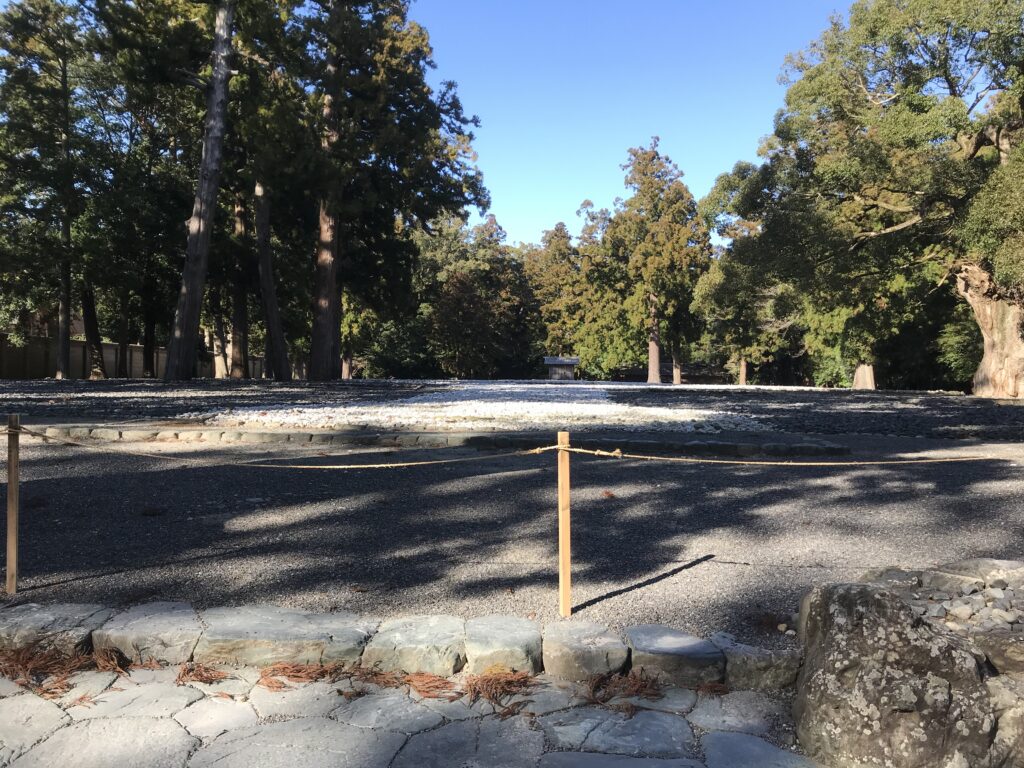
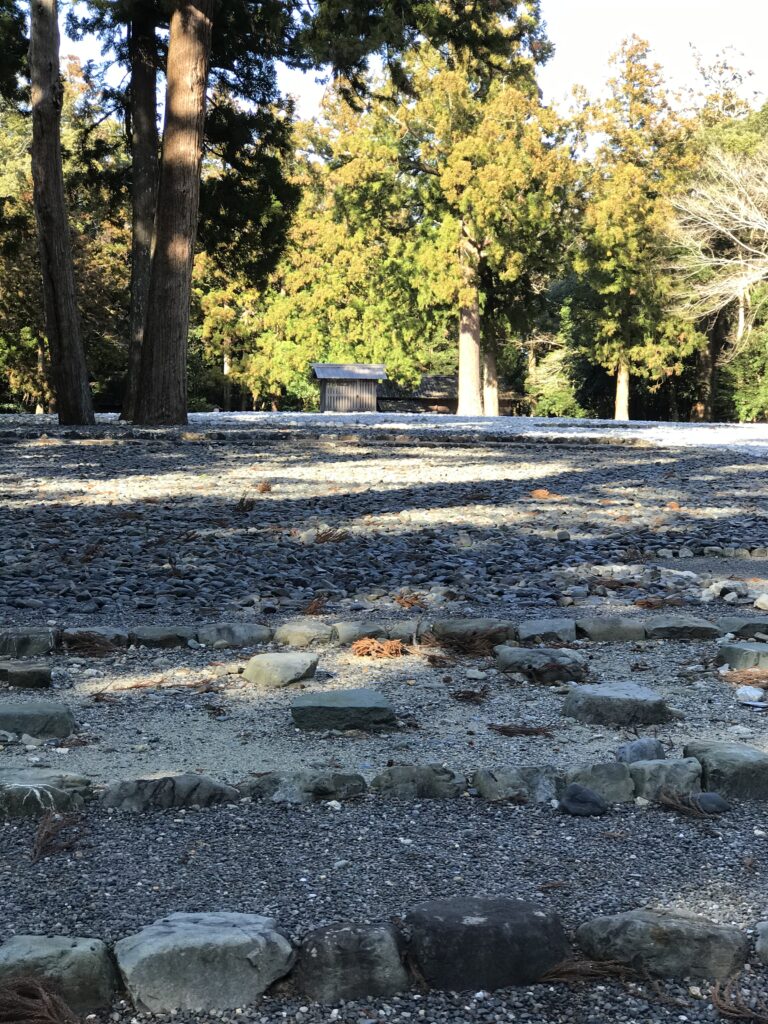
正殿の理解を深めるための問題出題
正宮の前で留学生の皆さんに参詣方法を紹介します。今回参加してくれたのは、日本文化に関心のある方ばかりですので、熱心に話を聞いていただけます。ただ、聞くだけでは、すぐに忘れてしまいますので、引率の先生のご協力の下、事前に回答用紙を配布し、各説明ポイントで、説明を行った後、簡単な問題を出題しました。
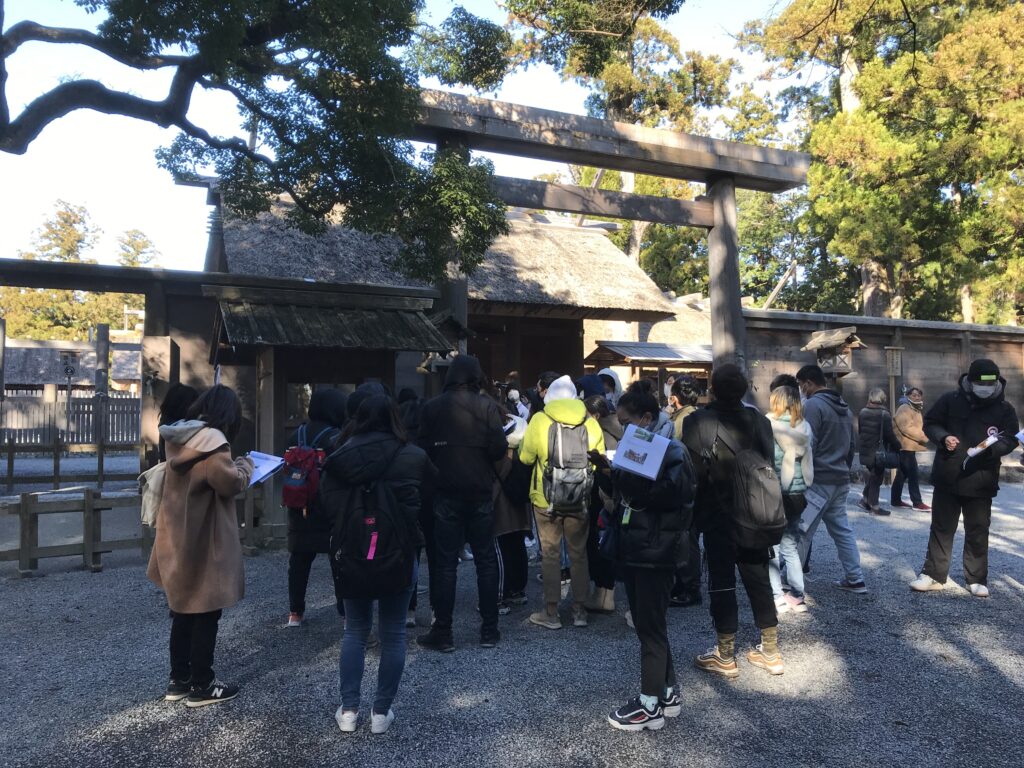
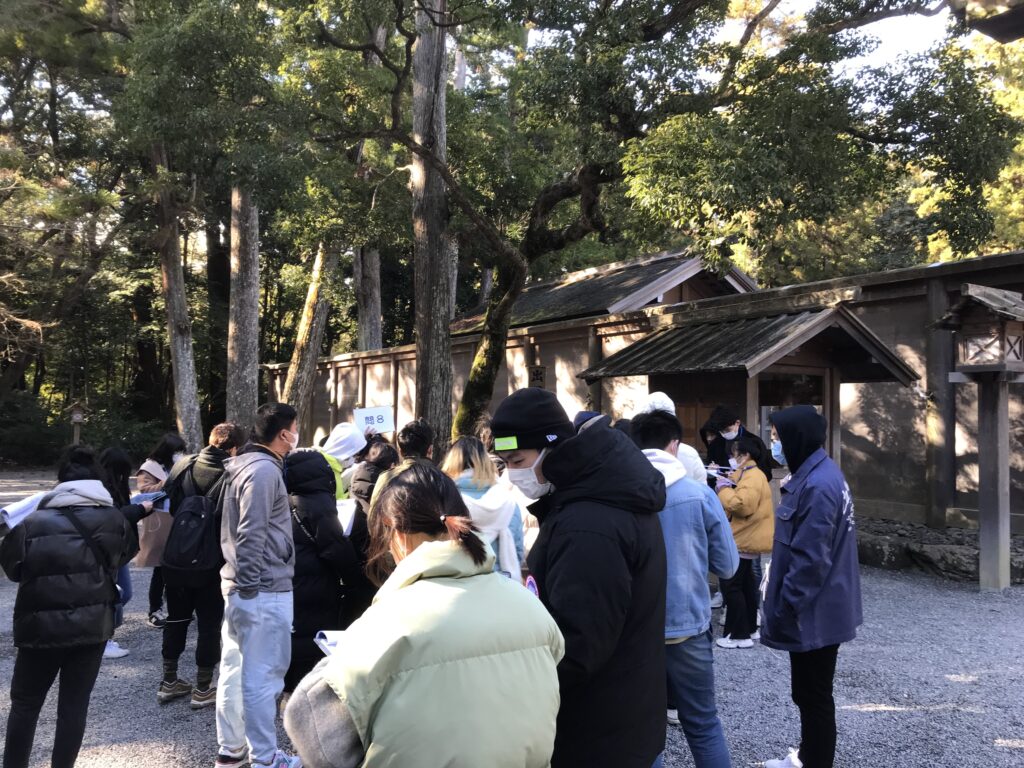
説明を聞いていれば、簡単に答えられる問ですが、皆さん聞き逃さないように必死の形相で聞いています。ある意味、作戦成功です。前に大学での講義でも使った手法なのですが、若い方に飽きずに聞いてもらうには、何かと仕掛けがいります。時々、いろんな小道具も使って関心を引きますが、それは別のブログで御紹介したいと思います。
おいしい御師弁当は大人気
今回とは別ですが、関東から来た留学生を伊勢神宮にお連れした際は、宇治山田駅近くの割烹 大喜で御師を食べてもらいました。留学生の方は、日頃あまり本格的な日本料理を食べる機会がないそうで、すごく喜んでいただきました。(完)
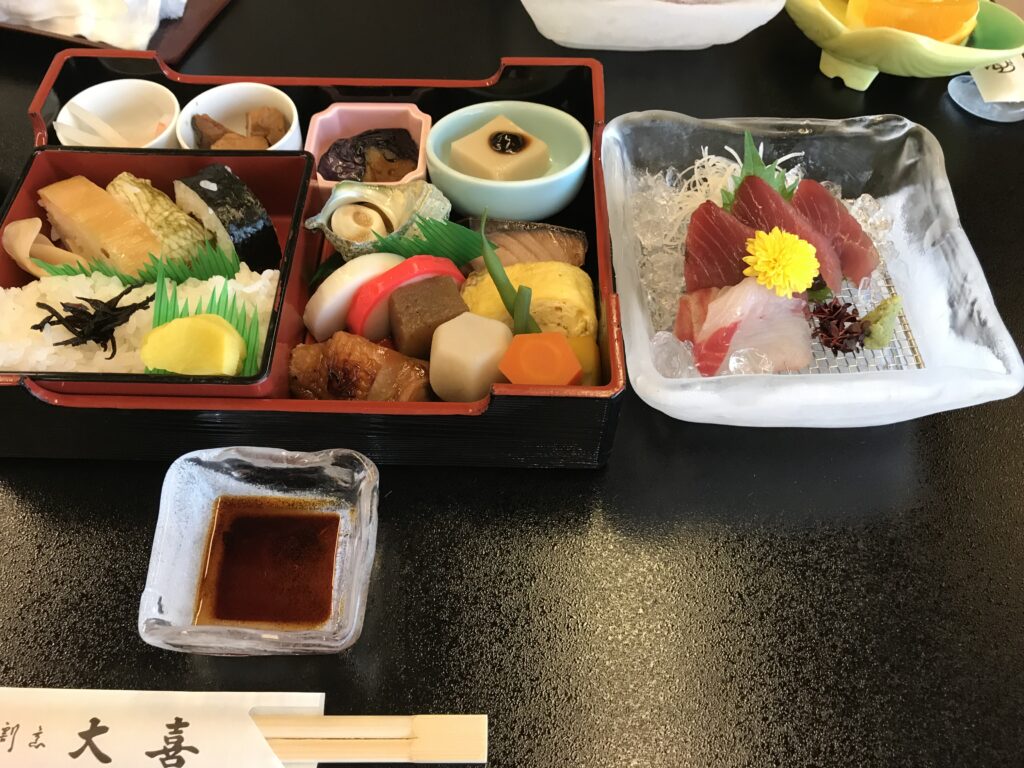
伊勢神宮の御朱印
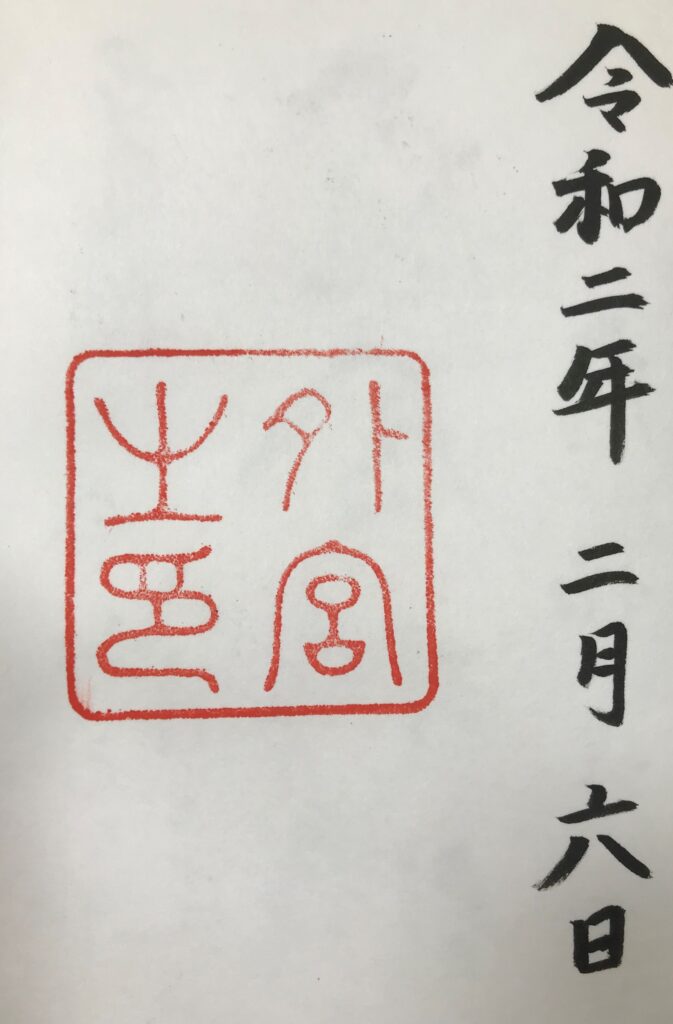
伊勢神宮が紹介されてる書籍
神仏霊場会の公式ガイドブックに伊勢神宮 外宮が紹介されています。
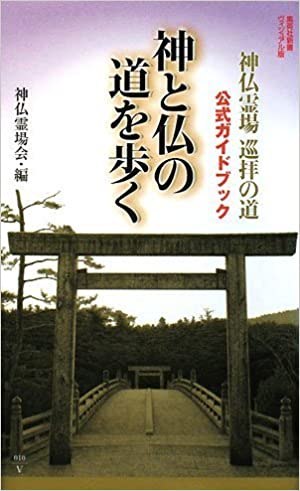
神と仏の道を歩く 神仏霊場巡拝の道公式ガイドブック (集英社新書ヴィジュアル版) [ 神仏霊場会 ]
価格:1,466円
(2021/5/6 09:24時点)
感想(5件)
Ise Jingu (2) Outer shrine Toyouke Grand Shrine
Visit Toyouke Omikami at the Outer Shrine
It has been a long time since I have been to the outer shrine where the main shrine, Toyouke Grand Shrine, which enshrines Toyouke Omikami, the deity responsible for Amaterasu’s meals, is located. Last time, I came to pay my respects on the way back from a trip to Kashikojima with my wife. This time, I was accompanied by an international student from a university in Osaka. As I headed toward the precincts of the shrine from the Omote-sando of the Geku (Outer Shrine), I was greeted by the Shinmei Torii gate, the same as at the Naiku (Inner Shrine).
Learn about Shikinen Sengu at “Sengukan Museum”
Before passing through the torii gate and entering the building, we visited the Sengukan, which was built to commemorate Shikinen Sengu, and the international students learned about Shikinen Sengu, which was held once every 20 years. It was a great learning experience not only for the international students but also for myself. There was a full-scale model of the main hall of the Geku. The actual building was surrounded by many layers of fences and was too far away to see the details, but the model here allowed us to see even the smallest details from close up. Interpreter-guides are highly recommended to visit the site.
After the visit to Sengu-kan, we walked straight down the approach to the main shrine. The present Shogu (main shrine) stands on the side seen from the approach, and the old palace grounds (where the previous Shogu stood) are in front of it. Now, the site has been cleared.
Questions to deepen understanding of Shoden
In front of the Shogu (main shrine), we introduced the method of paying homage to the international students. The participants this time were all interested in Japanese culture, so they listened to us attentively. However, since they would soon forget if they just listened, with the cooperation of the instructor, we distributed answer sheets in advance and gave them to the students at each explanation point, followed by simple questions.
The questions were easy to answer if they listened to the explanations, but everyone was listening with a desperate look so as not to miss anything. In a sense, it was a successful strategy. I have used this technique in my previous lectures at universities, but it took some tricks to keep young people interested in listening. Sometimes I used various props to attract their attention, which I would like to introduce in another blog.
Delicious “Onshi” bento boxes are very popular.
This is not the case this time, but when I took foreign students from the Kanto region to Ise Jingu Shrine, I had them eat Onshi Bento Lunch at Kappo Daiki near Ujiyamada Station. The foreign students were very pleased with the meal, as they had not had many opportunities to eat authentic Japanese cuisine in their daily life. (End)
Ise Jingu (2) Sanctuaire extérieur Toyouke Grand Shrine
Visitez Toyouke Omikami au sanctuaire extérieur.
Cela fait longtemps que je ne suis pas allé dans le sanctuaire extérieur où se trouve le sanctuaire principal, le grand sanctuaire Toyouke, qui consacre Toyouke Omikami, la divinité responsable des repas d’Amaterasu. La dernière fois, je suis venu me recueillir sur le chemin du retour d’un voyage à Kashikojima avec ma femme. Cette fois, j’étais accompagné d’un étudiant international d’une université d’Osaka. En me dirigeant vers l’enceinte du sanctuaire depuis l’Omote-sando du Geku (sanctuaire extérieur), j’ai été accueilli par la porte Shinmei Torii, la même que celle du Naiku (sanctuaire intérieur).
Découvrez le Shikinen Sengu au “Musée Sengukan”.
Avant de franchir la porte du torii et d’entrer dans le bâtiment, nous avons visité le Sengukan, qui a été construit pour commémorer le Shikinen Sengu, et les étudiants internationaux ont appris ce qu’est le Shikinen Sengu, qui a lieu une fois tous les 20 ans. Ce fut une expérience très enrichissante non seulement pour les étudiants étrangers, mais aussi pour moi-même. Il y avait une maquette grandeur nature du hall principal du Geku. Le bâtiment réel était entouré de plusieurs couches de clôtures et était trop éloigné pour qu’on puisse en voir les détails, mais la maquette nous a permis de voir les plus petits détails de près. Les guides-interprètes sont fortement recommandés pour visiter le site.
Après la visite de Sengu-kan, nous avons marché tout droit jusqu’à l’entrée du sanctuaire principal. L’actuel Shogu (sanctuaire principal) se trouve sur le côté vu depuis l’approche, et les anciens terrains du palais (où se trouvait le Shogu précédent) sont devant lui. Aujourd’hui, le site a été dégagé.
Questions pour approfondir la compréhension du Shoden
Devant le Shogu (sanctuaire principal), nous avons présenté la méthode pour rendre hommage aux étudiants internationaux. Cette fois, les participants étaient tous intéressés par la culture japonaise et nous ont écoutés attentivement. Cependant, comme ils oublieraient vite s’ils ne faisaient qu’écouter, avec la coopération de l’instructeur, nous avons distribué à l’avance des feuilles de réponses et les avons remises aux étudiants à chaque point d’explication, suivi de questions simples.
Les questions étaient faciles à répondre s’ils écoutaient les explications, mais tout le monde écoutait d’un air désespéré pour ne rien manquer. Dans un sens, c’était une stratégie réussie. J’ai utilisé cette technique lors de mes précédents cours à l’université, mais il fallait quelques astuces pour que les jeunes s’intéressent à l’écoute. Parfois, j’utilisais divers accessoires pour attirer leur attention, que j’aimerais présenter dans un autre blog.
Les délicieuses boîtes à bento “Onshi” sont très populaires.
Ce n’est pas le cas cette fois-ci, mais lorsque j’ai emmené des étudiants étrangers de la région de Kanto au sanctuaire d’Ise Jingu, je leur ai fait manger un déjeuner Onshi Bento au Kappo Daiki près de la gare d’Ujiyamada. Les étudiants étrangers ont été très satisfaits du repas, car ils n’avaient pas eu beaucoup d’occasions de manger de la cuisine japonaise authentique dans leur vie quotidienne. (Fin)
